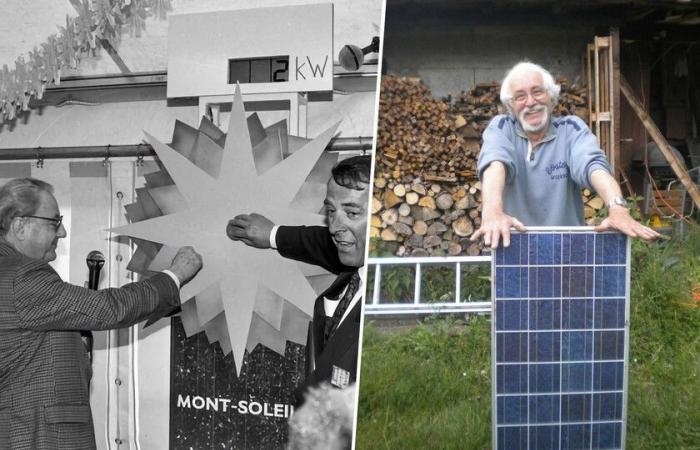
-
The solar modules at the Phébus 1 plant in Lyon continue to produce 79.5% of their original power
-
The panels exceeded the manufacturers’ expectations, which guaranteed 80% efficiency after 25 years
In 1992, when the world still saw solar energy as a futuristic promise, France inaugurated the Phébus 1 plant, a pioneer in its connection to the French electrical grid. Three decades later, its solar panels continue to operate at almost the same efficiency, proving that solar energy was as resilient an investment as a fine French wine.
31 years of service. It was in Lyon where Hespul, a non-profit renewables association, connected a small array of 1 kW photovoltaic modules called Phébus 1 to the French grid.
After dismantling the small 10-square-meter solar plant last year, technicians subjected the panels to rigorous laboratory tests. And they obtained surprising results.
At 80% of its capacity. After 31 years of service, the solar panels maintain 79.5% of their original power. A figure that not only exceeds the initial expectations of the manufacturers, who promised 80% efficiency after 25 years, but also clears up many doubts about the durability of the solar technology of yesteryear.
Rigorous testing. The testing methodology followed all industry standards. The panels were brought into a dark, temperature-controlled room and exposed to a 1,000 W/m2 flash of light to measure their instantaneous maximum power.
The obtained values were then compared to the original factory measurements, which revealed an average power loss of 20.5%. Since 1992, it represents a decline of 0.66% annually. It is an impressive result, considering that the degradation rate has been highest in the last 11 years, averaging 1.11% per year.
Not all modules aged the same. The technicians observed two categories within the same batch of modules: a third of them experienced a significant degradation of 33.9% in 31 years, while the rest degraded by 13% in the same period.
These results reflect variations in the materials and manufacturing processes of solar panels, and confirm previous studies, such as that of the TISO-10 system in Switzerland, which showed differences in module performance due to additives in the encapsulants.
The resilience of solar panels. Other recent studies, such as that of the US National Renewable Energy Laboratory (NREL), which analyzed 1,700 US plants and found an average degradation of around 0.75% per year. Another study in Europe, which evaluated 4,300 residential installations, found an average annual loss of between 0.36% and 0.67%.
The longevity of these solar panels is a testament to the viability of the photovoltaic industry as a long-term sustainable energy source. These are studies that reinforce confidence in long-term investments in solar energy, especially when analyzing symbolic cases such as Phébus 1, the first set of solar panels connected to France’s electrical grid.
Images | Hespul
In Xataka | The first diamond solar panels have opened the door to a material that surpasses all photovoltaic limits




